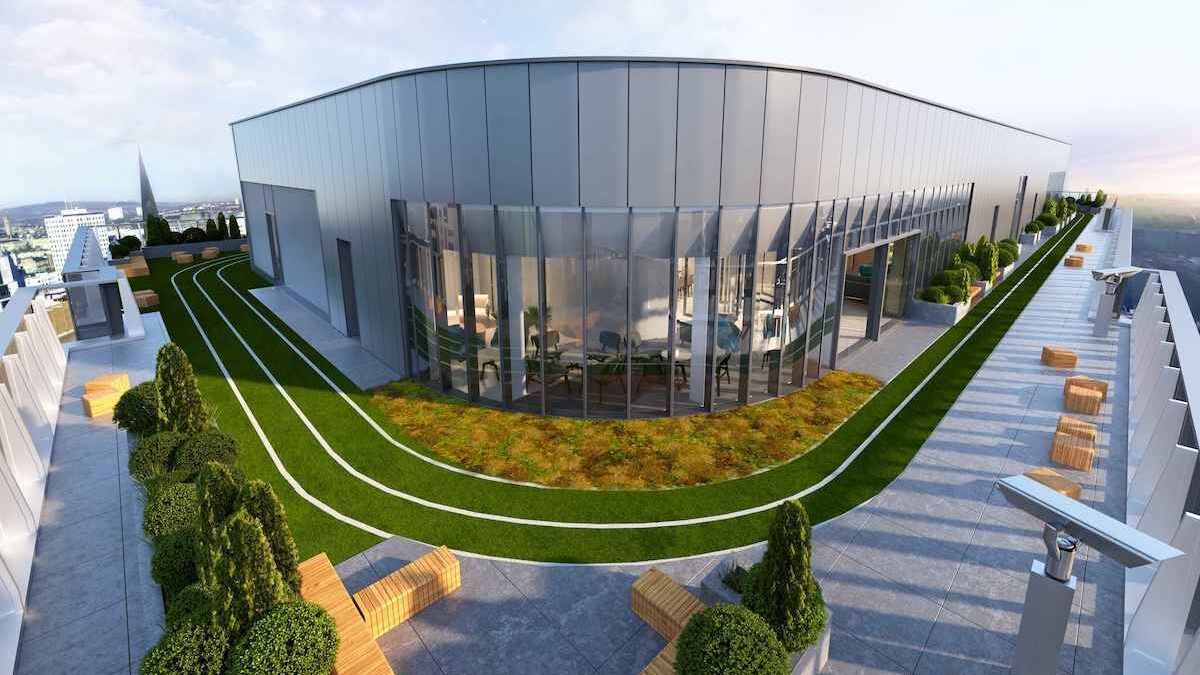In the countdown to Cop26 the commercial real estate sector is at the heart of efforts to reduce carbon emissions
What can real estate firms do to effectively tackle climate change in the run-up to Cop26? As Glasgow gears up to host the 26th UN Climate Change Conference of the Parties (an admittedly anodyne title for such a potentially planet-changing event) it is an inescapable question.
Global property adviser Savills recently concluded that the answer – or part of it – is to establish realistic baselines, understanding the emissions you are producing as a business then working on a strategy to reduce them in line with expected government targets, emerging requirements in the local plans set by planning authorities and current and upcoming legislation.
Overall, the challenge can seem overwhelming: according to the World Green Building Council, building and construction are responsible for 39 per cent of the world’s carbon emissions with emissions from energy used to heat, cool and light buildings account- ing for 28 per cent of that. The remaining 11 per cent, it says, comes from embodied carbon emissions, or ‘upfront’ carbon associated with materials and construction processes throughout the whole building lifecycle.
The direction of travel is clear and unavoidable, with both developers and owners increasingly committed to achieving low carbon emissions and energy efficient buildings.
The way we build offices and retail and industrial premises is changing swiftly, because there will have to be some level of offset to accommodate the costs of the sustainability that must be achieved.
Of course, the Covid pandemic is the other, crucial factor affecting how we are surveying the future of commercial property and has prompted a significant acceleration of the ESG (Environmental, Social and Governance) agenda.
Stephen Lewis, managing director of HFD Group sees this as a “flight to quality” with a focus on smart technologies, wellbeing and ESG across the board, exemplified, he believes, at 177 Bothwell Street in Glasgow with its provision for cyclists and a rooftop running deck.
And while this scale of change involves significant cost, a report carried out by economic and social research consultant EKOS last year suggested that this building alone could have a cumulative impact of more than £2.8 billion gross value added (GVA) over 25 years across Scotland. Among others, Virgin Money has signed a long-term lease, while HFD Group’s serviced office business – Opus – will take more than 65,000 sq ft on the building’s ground, first and second floors.
Mixed-use has become the byword in the industry, both in terms of the post-Covid face of the workspace and the need to achieve the talismanic net-zero carbon target for offices.
One example is the undeveloped balance of Edinburgh Park purchased by Parabola seven years ago, which is working toward consent for a master-plan including 850,000 sq ft of offices, 1,800 residential units (for sale, to let and affordable), a high-quality aparthotel and a range of ancillary commercial uses. “This demonstrates foresight by a developer who chose to go down this route long before Covid struck, says James Thomson, partner at Cushman & Wakefield, who points out that the development is net zero carbon, on a public transport hub, mixed use, and designed to optimise the health and wellness of those on the park.
Parabola believes that in addition to gaining the coveted EPC A and BREEAM ‘Excellent’ accreditations, with the objective of operating at net-zero carbon, the development should promote health and happiness among residents and occupiers.
There are yet more dramatic examples of the drive toward sustainability: the Ellerslie Crescent Project led by CCG Scotland Ltd in Yoker, West Glasgow, became the tallest timber building in Scotland at seven storeys tall when it was constructed between 2016 and 2017 with a superstructure made from cross laminated timber (CLT).
Elsewhere the technology has reached impressive heights: in Norway the Mjøsa Tower north of Oslo, which includes a hotel, restaurants, offices, and apartments, was completed in 2019 and claims to be the world’s tallest wooden building, standing at 280 feet (18 stories) high.



